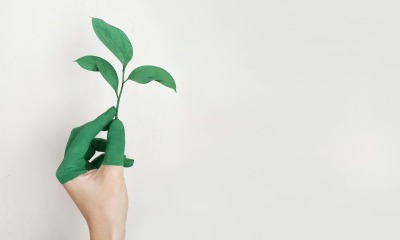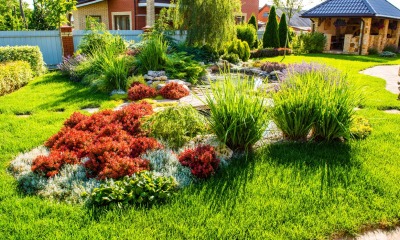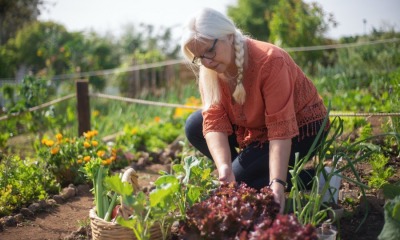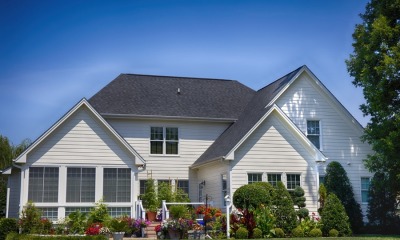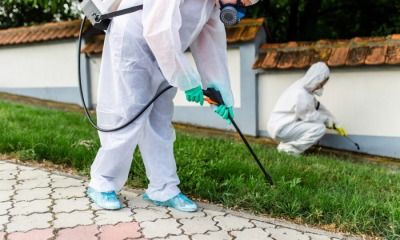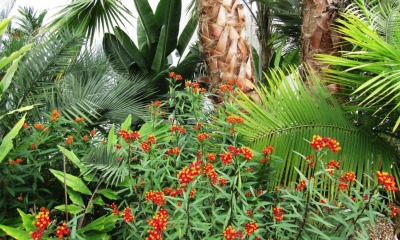Green & Energy
How to Start Your Own Sustainable Garden
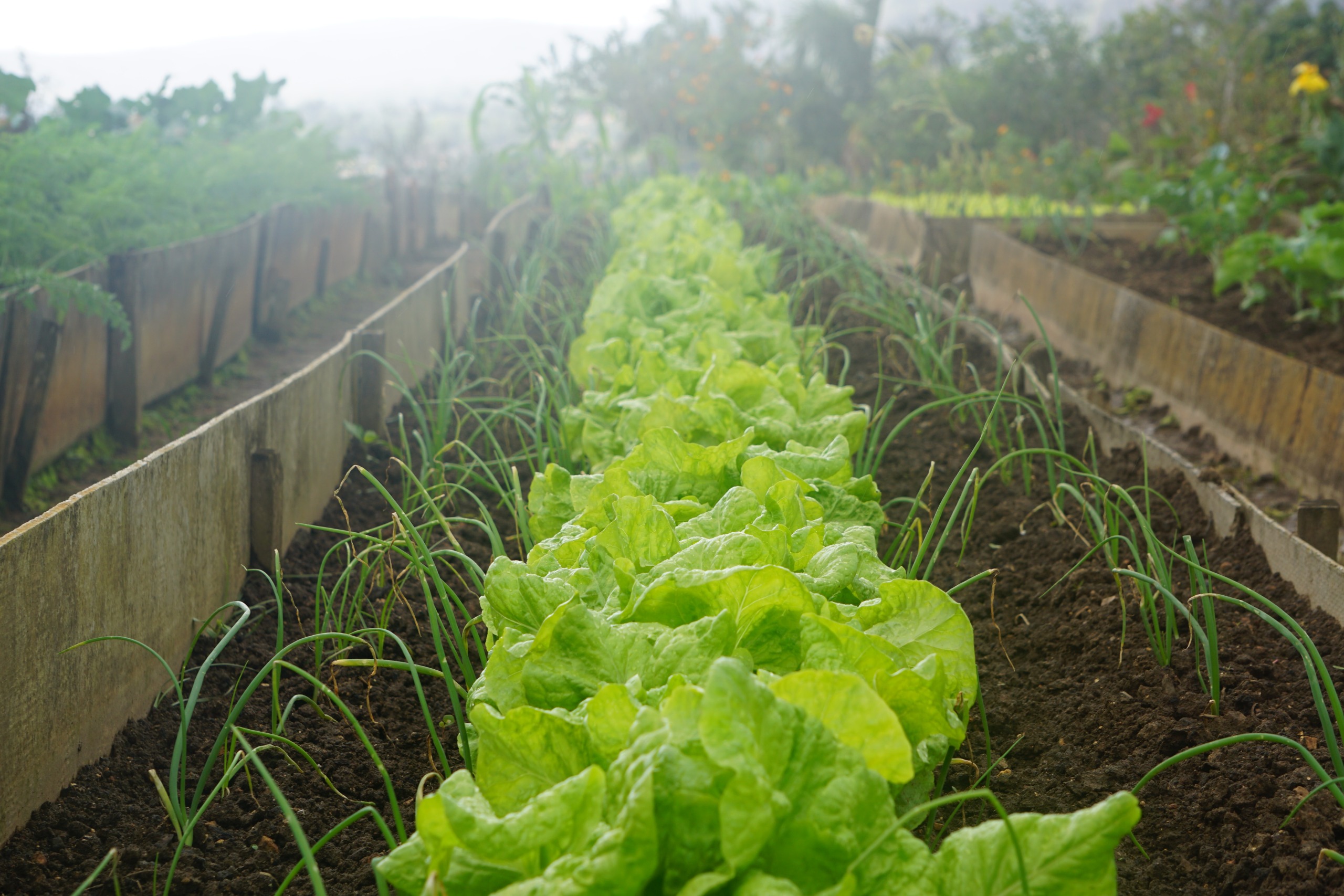
Whether you’re worried about how your food is grown, being self-sufficient, or you just want to start a new hobby, creating a sustainable garden is a great challenge to undergo. You don’t have to have a green thumb to grow fruits, vegetables, herbs, and beans like a pro.
As long as you do your research before jumping in, you’ll be well on your way to creating an awesome sustainable garden that you’ll be proud of. Follow the outline below as a place to start, but be sure to research what grows best in your area and how to care for the specific plants you want to grow.
Start Small
Thinking about starting your first sustainable garden may be exciting, but be careful not to get overzealous. We encourage you to start small and fine-tune your gardening skills before trying to grow every type of plant out there. Realize that some plants are going to be harder to grow, such as strawberries, while others may be a breeze to grow, like peppers or tomatoes. If you’re new to the whole concept of gardening, we suggest picking plants that are easier to grow first. Then, opt for harder to grow plants in the oncoming years.
Plan ahead for plants that take more time than others to bear fruit. If you plan a blackberry bush expecting enough fruit for pies all summer long, you will be disappointed. You might get a handful of berries in the first year. The same applies to most fruit-bearing trees, vines, and bushes. However, caring for a fruit tree or a grapevine can reward you with a bounty of fruit for decades to come if you have the patience.
Decide on a Great Location
If you don’t currently own your own property or simply don’t have room to construct a garden bed, then you can look into community gardens. It can be a great resource if you have local gardeners committed to caring for the crops. It won’t produce nearly as much to eat, but you can also grow a container garden on a balcony or porch. Tomatoes and peppers will grow well in large containers, and herbs can be grown in almost any size pot you have.
If you have room in your yard, you’ll still have to consider the location. Think about a few key qualities when picking out the perfect spot to plant your garden. First, you want an area that doesn’t pool with water after it rains. Overwatering will cause the roots of your plants to rot. Second, the location should receive about six to eight hours of direct sunlight per day for most crops. Lastly, be sure to avoid areas with tree roots and other obstacles that could hinder the growth of your plants.
Soil or Raised Bed
Next, you’ll want to decide what you’re going to be growing your plants in. You’ll need high-quality dirt and plenty of it for a good-sized garden. You have two main options for your garden.
The first is to grow your plants in the existing soil of your yard or community garden. If this is the option you go with, be sure to test your soil and add any sort of organic fertilizer that you may need to get the right measurements. Test kits can be found in most gardening supply stores or online, or you can send a sample of your soil in to be tested. Different issues with your soil, such as pH level and drainage, will require different solutions.
The second option is to construct a raised bed or box. You will need to add a store-bought plant fertilizer mix in the box as well as plenty of soil. This doesn’t require any testing as you are guaranteed the exact mixture of the fertilizer on the package. Be sure that your raised bed both gets enough water and enough drainage. You want to make sure that water can flow freely out of the container, but that being raised off the ground doesn’t cause it to dry out too quickly.
Choosing Plants
The last thing you need to know before going out and buying supplies is what you want to grow in your garden. Different plants have different rates of growth and different harvest times. You might even want to rotate your crops if some grow better in the fall and some in the spring.
For instance, most lettuce varieties grow quickly and will be ready to harvest in little over a month. Radishes may even grow in under a month, depending on the variety. On the other hand, corn can take up to four months to grow.
Some plants will only grow well in the warmth of summer, like gourds and melons, but will quickly shrivel up at the first cold night of fall. If you are planting later in the year, consider choosing hardier plants like leeks or peas. Knowing the best time plant your seeds or your store-bought starter plants will ensure that you have a supply of food you can rely on throughout the growing season.
Do Your Research
Starting your sustainable garden can be a fun experience where you can connect with nature and learn a lot along the way. If you’ve never developed the gardening skillset, it’s never too late. By following the tips outlined for you above, you’ll be well on your way to having some fresh vegetables, fruits, herbs, and beans this coming year.
To make your garden truly sustainable, you will want to start composting to generate your own fertilizer or find a good source of organic fertilizer. Without this, your garden soil will deplete in nutrients year after year. You will also need to harvest seeds from your plants where possible so you can replant the following year. If you plan on growing vines or trees, you could look into grafting practices to expand your stock.
Whatever it is you hope to gain from your garden, make sure to put in the time to research beforehand. This is truly what sets successful gardens apart from underperforming ones. The rest is a matter of putting your knowledge into practice.
-

 Tech11 years ago
Tech11 years agoCreating An e-Commerce Website
-

 Tech11 years ago
Tech11 years agoDesign Template Guidelines For Mobile Apps
-

 Business6 years ago
Business6 years agoWhat Is AdsSupply? A Comprehensive Review
-

 Business10 years ago
Business10 years agoThe Key Types Of Brochure Printing Services
-

 Tech8 years ago
Tech8 years agoWhen To Send Your Bulk Messages?
-

 Tech5 years ago
Tech5 years ago5 Link Building Strategies You Can Apply For Local SEO
-

 Law5 years ago
Law5 years agoHow Can A Divorce Lawyer Help You Get Through Divorce?
-

 Home Improvement6 years ago
Home Improvement6 years agoHоw tо Kеер Antѕ Out оf Yоur Kitсhеn


